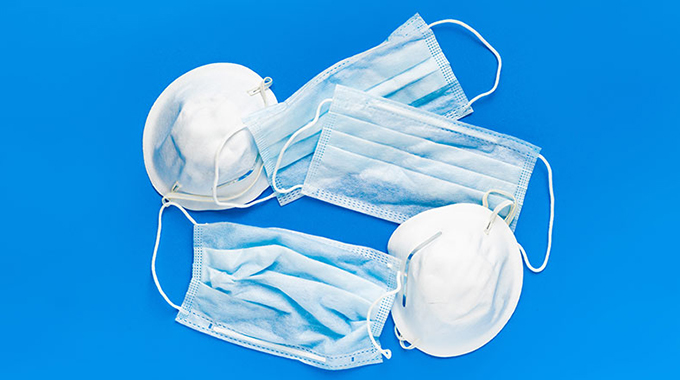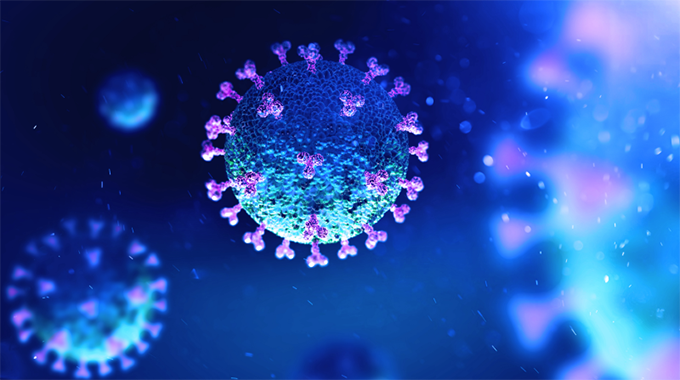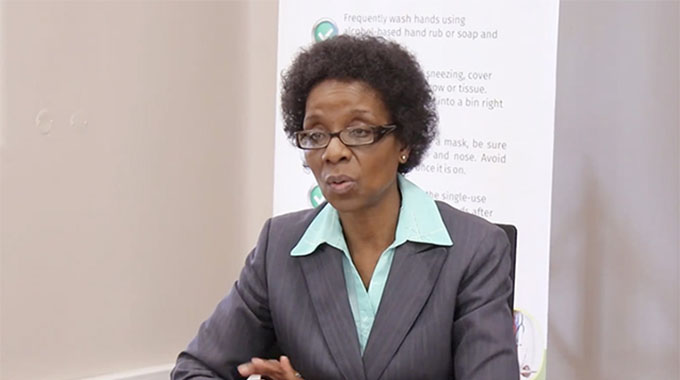The Best Type of Face Mask to Wear on Your Next Flight

Nancy Schimelpfening
Traveling for the holidays? Here’s how to know if the type of mask you wear will give you the best protection possible during your flight.
The COVID-19 pandemic has had a devastating effect on air travel. According to the market and consumer data company Statista, the number of global passengers plummeted from over 4.5 billion to approximately 1.76 billion after the virus began to spread in 2020.
However, reports indicate the airline industry is beginning to bounce back in the United States, especially leisure travel, which experts say is coming back even more quickly than they expected.
The Transportation Security Administration (TSA) reports that the number of airline passengers being screened each day in the United States is on the rise, with 1,518,020 people passing through security checkpoints on October 30, 2021. By comparison, only 618,476 passed through on this same date in 2020.
However, as more people return to air travel for the holidays, they may also have many questions about how they can do so safely, including which type of face masks are best to wear on a plane.
Here’s what medical and travel experts say you should consider to make sure the mask you wear on your next flight can offer you the greatest protection.
Not all masks are the same
Firas Zabaneh, MT (ASCP), CIC, CIE, the director of system infection prevention and control for Houston Methodist Hospital in Houston, Texas, said there are essentially two types of masks that are available to the average consumer: reusable cloth and disposable.
“The quality of reusable cloth masks has vastly improved since the beginning of the pandemic,” Zabaneh said. “Depending on the [construction] and fit, some cloth masks perform just as well as high quality disposable masks in protecting against transmission of COVID-19.”
While cloth masks have experienced some criticism as to just how effective they really are, Zabaneh said that many manufacturers are now starting to conduct testing to prove their effectiveness at filtering out particles.
He said a good rule of thumb is to make sure they are doing their testing through a certified independent lab with a good reputation.
He said cloth masks are “a great alternative” to disposable masks for the public.
In addition to cloth masks, there are many varieties of disposable masks available, according to Zabaneh.
He said the best types are medical grade, certified by ASTM, and approved by the Food and Drug Administration (FDA). ASTM rates medical grade masks into three levels: 1, 2, and 3. The higher the rating level, the better the protection that it provides.
Some of the medical grade masks are available on the market for general consumers, he said.
“The better masks are ones constructed of three or four layers of material,” he added.
In addition, there are masks, like the KN95 masks or N95 respiratorsTrusted Source.
“These masks are not necessary for most public settings,” he explained.
They are designed to filter 95 percent of particles and are normally used by healthcare personnel in high-risk settings.
What’s the best type of mask for air travel?
Zabaneh said the best mask is one with high filtration efficiency and a good fit.
“A well-fitted mask covers the mouth and the nose,” he explained, “and leaves no gaps around the edges to prevent unfiltered air from being inhaled.”
However, it also needs to be comfortable and breathable.
“There is no sense in boarding a plane wearing the highest efficiency mask (i.e. N95 mask) only to find out that you cannot breathe through it for an extended amount of time,” he said.
Zabaneh recommends testing out the mask prior to your flight. If you can comfortably wear it for the duration of the flight, then it’s a good choice for you.
If you can’t, then find a mask that offers good protection, but is also comfortable.
If you wish to add more layers of protection, Zabaneh recommends wearing a good quality disposable mask and then adding a cloth mask on top of that, making sure that the mask still properly covers your mouth and nose with no gaps on the sides.
Fin McCarthy, the editorial director for the travel website Lonely Planet, said her personal favorite type of face mask for air travel, based upon its efficacy and comfort, is the KN95 mask.
“I have to say, as someone who wears glasses, they didn’t fog up like other blue surgical masks I regularly wear, and as they don’t touch your mouth, it was easier for me to speak and be heard when wearing them,” she said.
“I felt more protected on an airplane wearing it, too,” she added. “Although it was certainly tighter than what I am used to, I felt that was a sign of the protection I was getting.”
Pack more than one mask
McCarthy said she would advise people stock up on multiple masks, including surgical masks, KN95 masks, and cloth masks.
This will ensure that you are covered for your entire trip, before, during, and after your flight, regardless of where you go.
She suggested taking more than you think you’ll need as well. This will prevent you from having to source masks at your destination.
“I keep mine in plastic Ziplock bags in my carry-on bag,” she said.
McCarthy further suggested double masking for an added layer of protection.
“A mask with layers will help prevent droplets [from] getting inside your mask or getting out if you are unwell,” she explained.
If you’re traveling outside the U.S., McCarthy also suggests checking with the Centers for Disease Control and Prevention (CDC) COVID-19 travel health notices before your trip. This will help keep you aware of your destination’s current COVID-19 risk level, restrictions, and regulations.
“But do keep in mind that regulations and restrictions do change on a regular basis,” she said.– Healthline







Comments